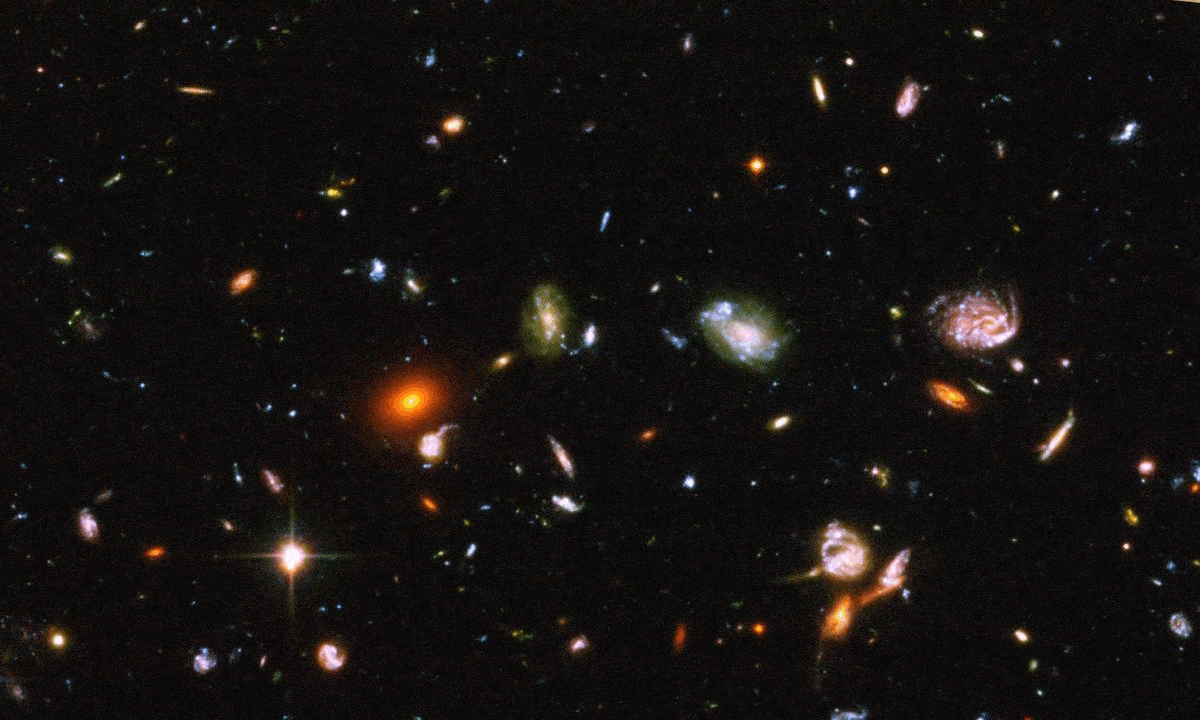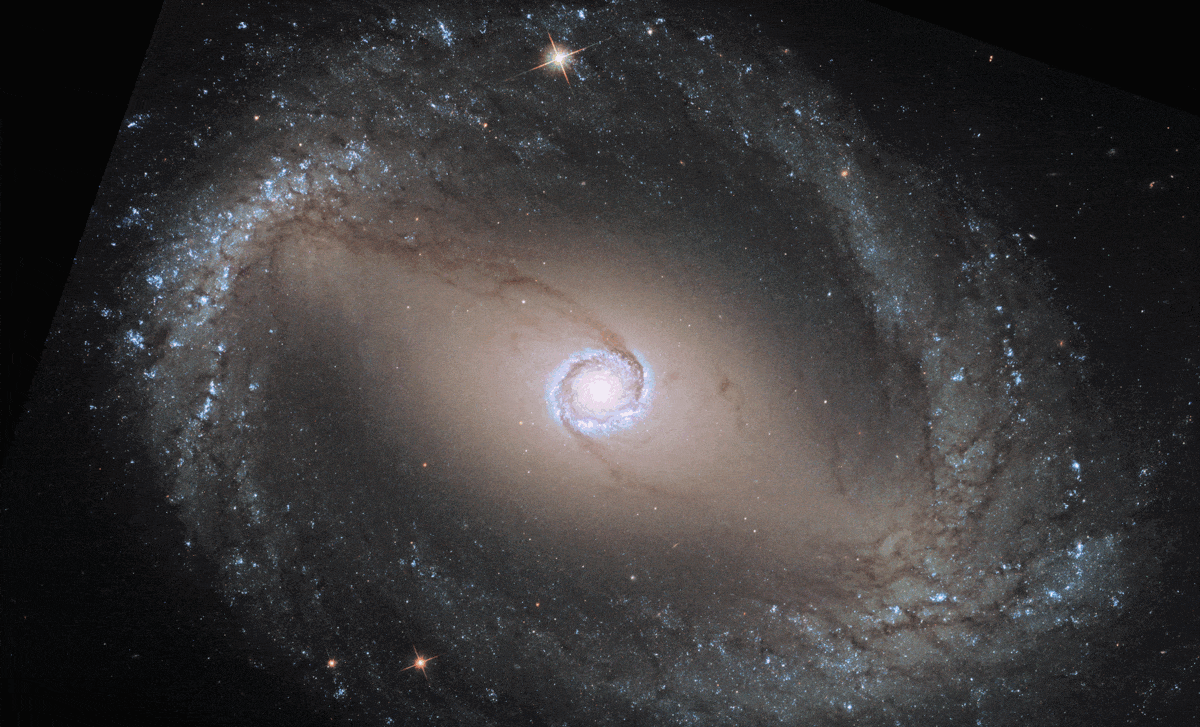Mostly Mute Monday: New map of the Milky Way now complete!
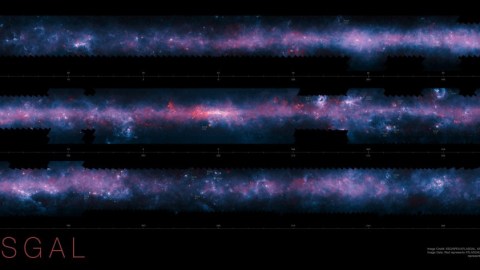
And it reveals the future of our galaxy’s unborn stars.
“True realism consists in revealing the surprising things which habit keeps covered and prevents us from seeing.” –Jean Cocteau
Our atmosphere is great for viewing the Milky Way in visible light, but other wavelengths are mostly blocked.
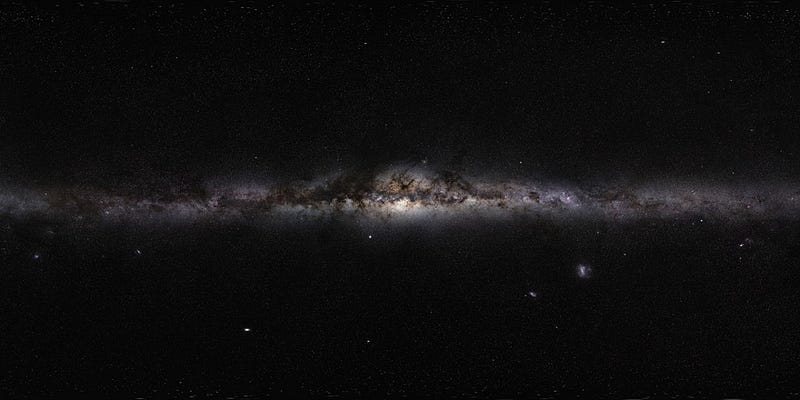
This is too bad, because the dust in our galaxy blocks visible light, leaving much of the Universe unexplored.

Earth has a few narrow “windows,” however, where the atmospheric gases allow light of particular wavelength ranges to penetrate.
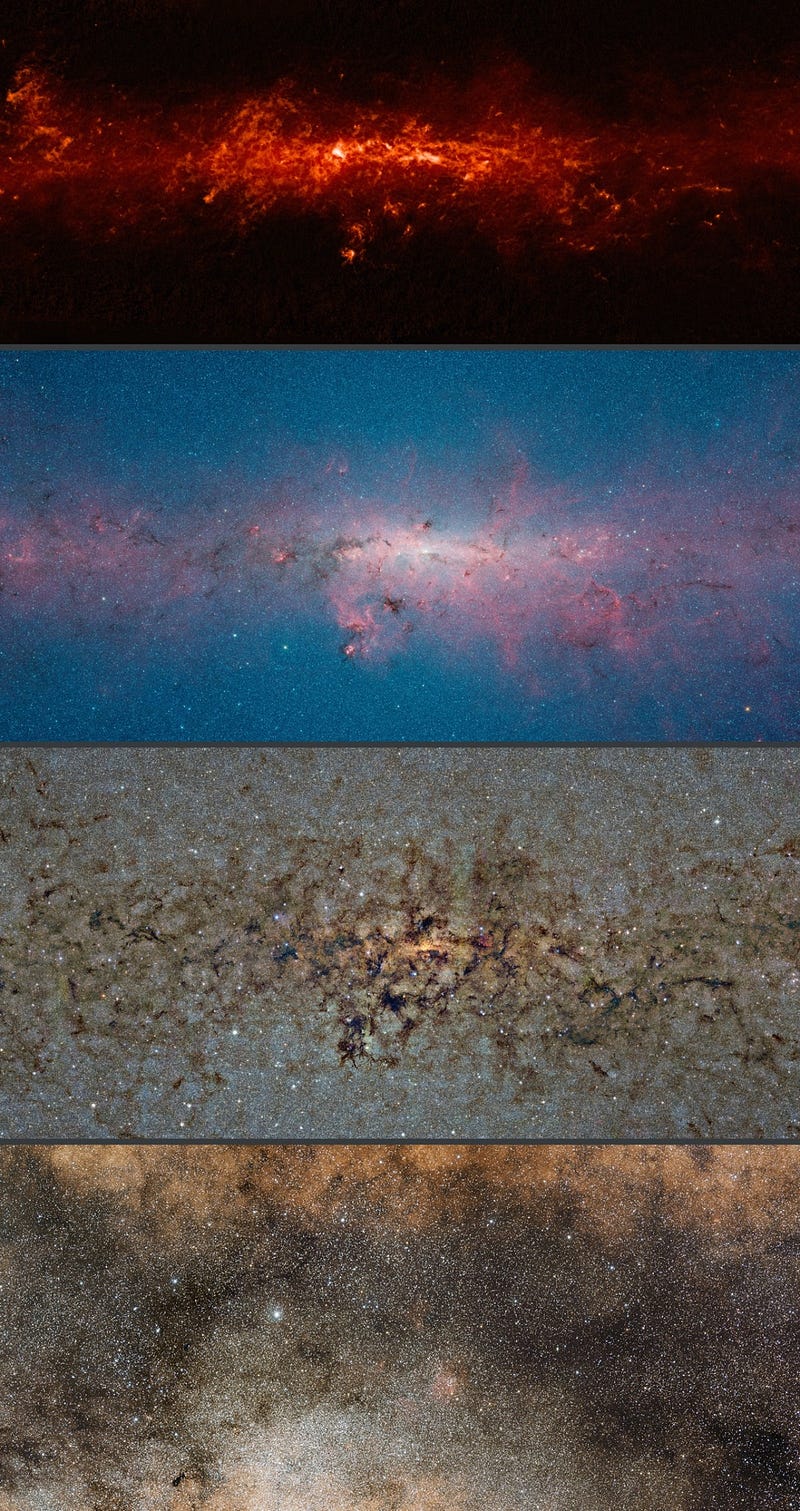
Rather than needing to go to space to map the Universe, we can build ground based telescopes and arrays capable of gathering far more light than a space-based observatory.

In the Chilean plateaus, a 12-meter radio telescope known as the Atacama Pathfinder EXperiment (APEX) just mapped the entire southern galactic plane at unprecedented wavelengths: the sub-millimeter, between the infrared and the radio.
More than 70 scientific papers have already been published, but most fabulous of all are the images.
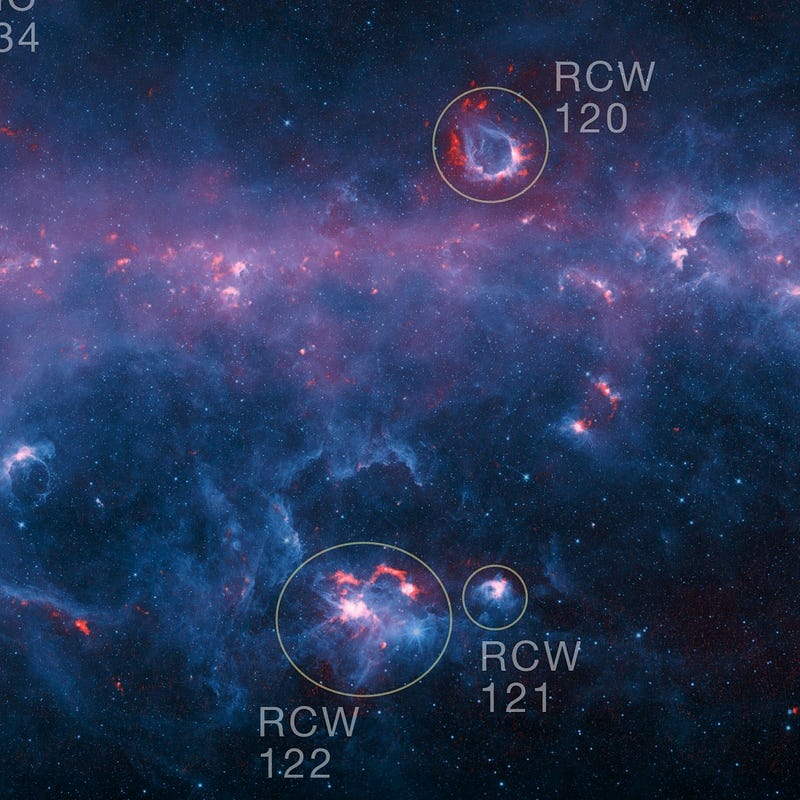
These wavelengths map the cold dust, which will form the next generation of stars in our galactic plane.

While all the other infrared wavelengths hide this dust from view, this latest survey, the APEX Telescope Large Area Survey of the Galaxy (ATLASGAL), beats even space-based surveys for resolution.
Enjoy this first-time view of our galaxy’s future stars.
Mostly Mute Monday tells the story of a single astronomical phenomenon or object in pictures and other visuals, with no more than 200 words of text.
This post first appeared at Forbes. Leave your comments on our forum, check out our first book: Beyond The Galaxy, and support our Patreon campaign!
